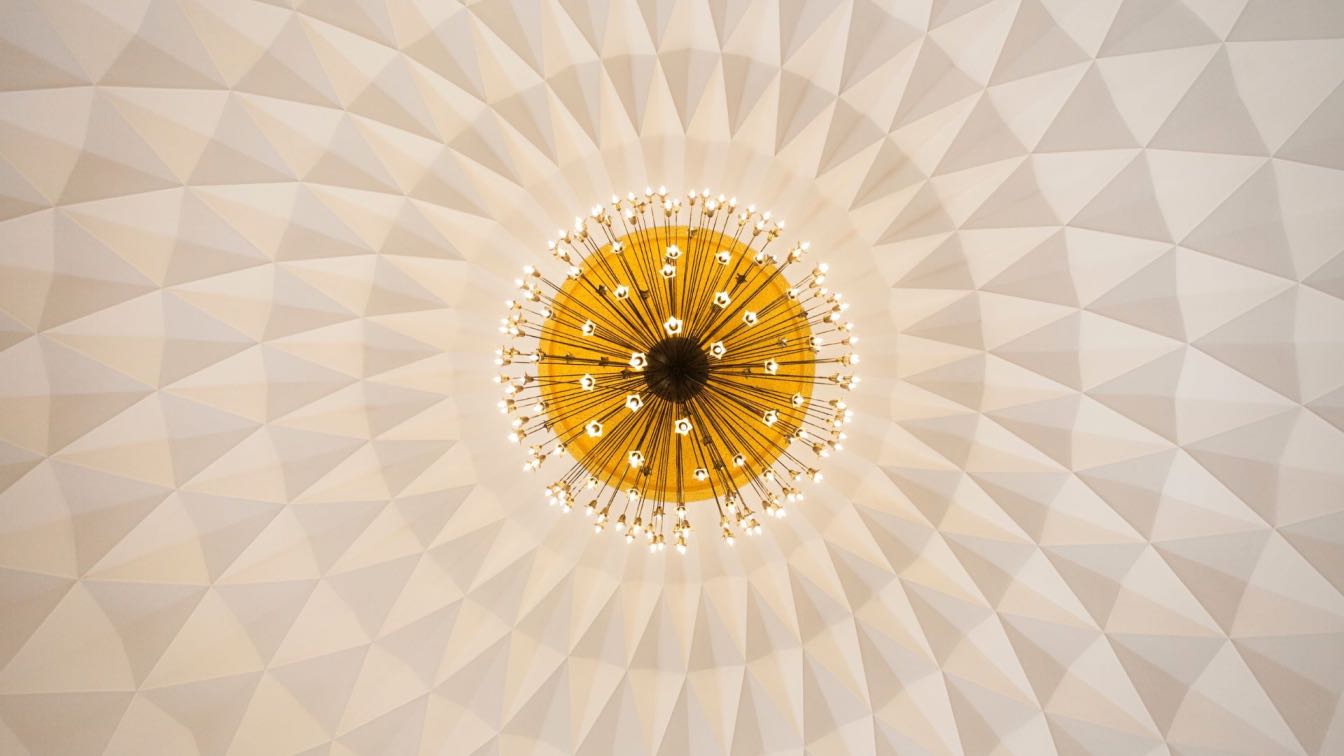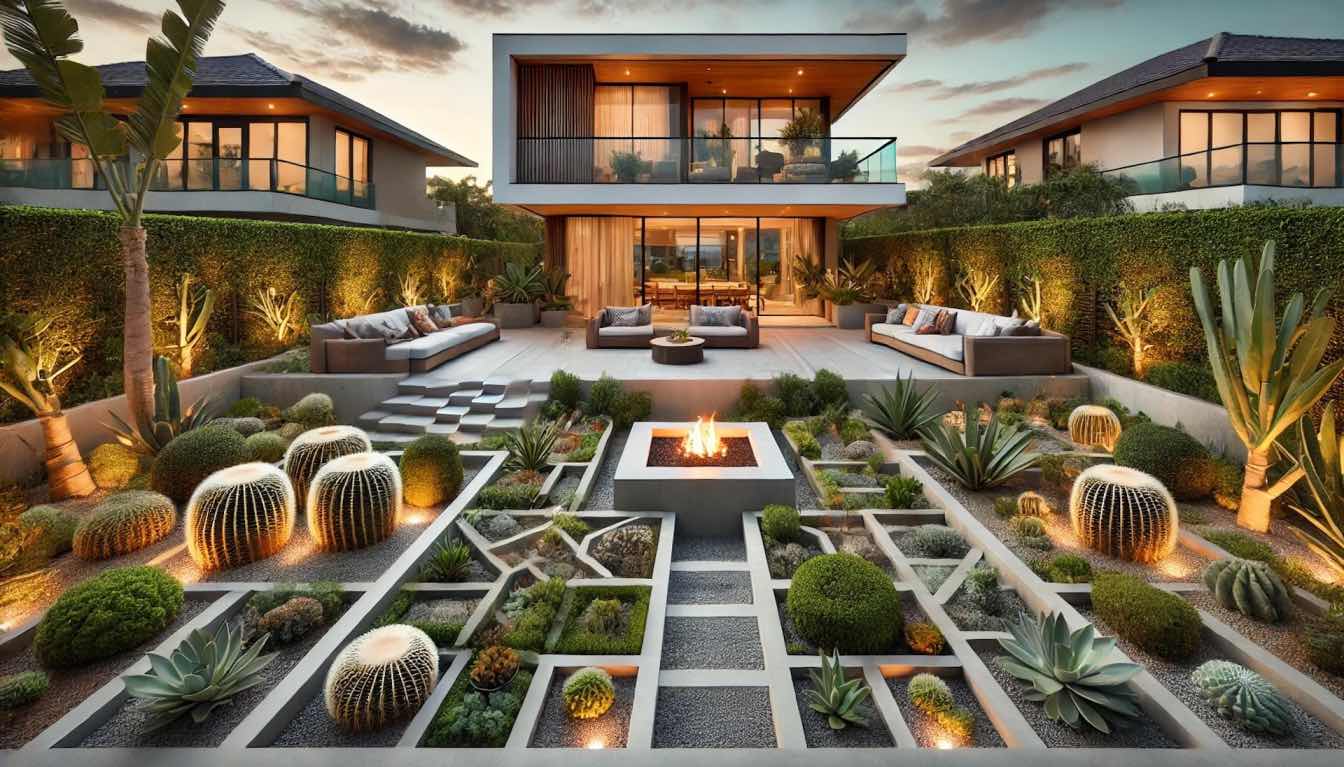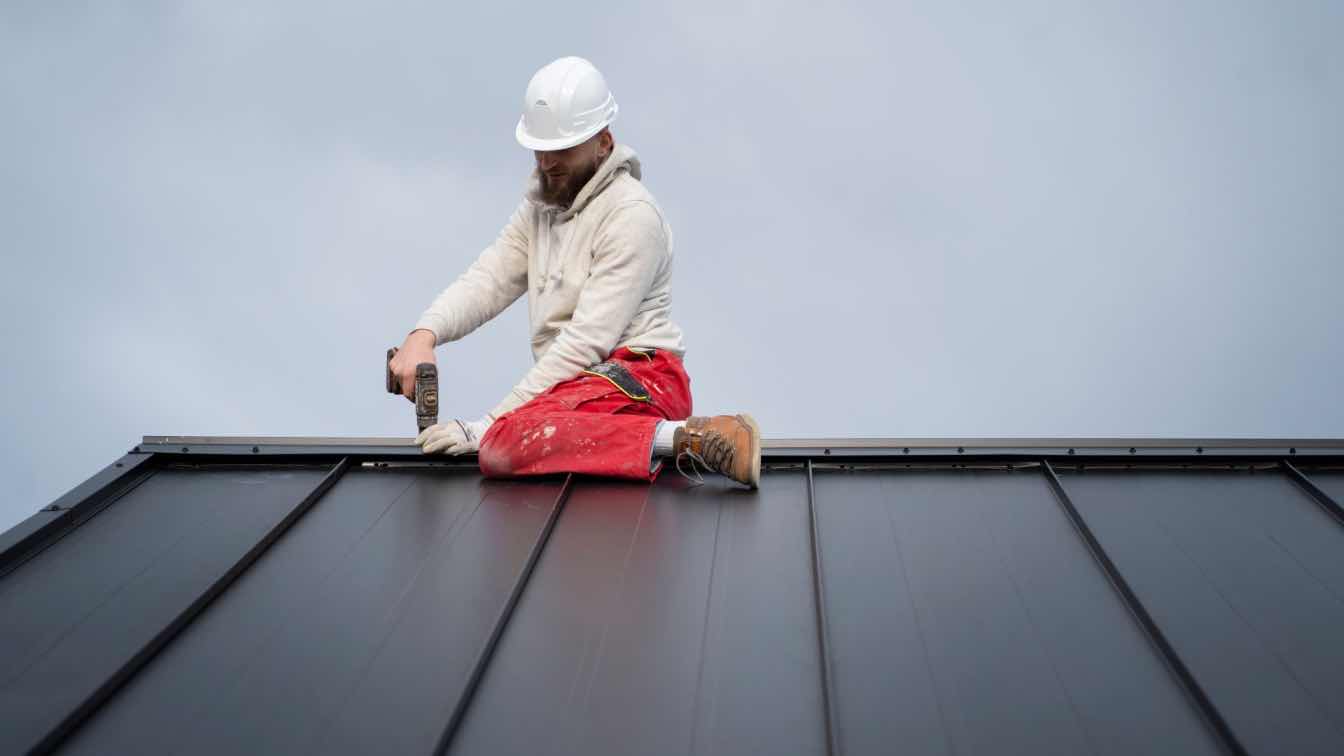This small island country located in the Malay Peninsula, can take a visitor by surprise with her cheerful landscape articulations- sensitively crafting the flora and fauna of the tropical region in her highly detailed built environment. The largest port of South-east Asia and also one of the busiest one in the world, Singapore with a population of around 6052709, has over the years, worked out a unique cultural harmony between her inhabitants comprising Chinese, Malays, Hindus and the Eurasians. A country that has been complimented with references as - City of Gardens, East meets West, Gateway to Asia, Lion City (though no lions are sighted here) – is today symbolic for the human resolute and ingenuity in developing in a short span of sixty plus years after becoming a sovereign independent country - a robust economy, highly advanced infrastructure, unique cultural identity, pioneering state-of-the-art technology and above all, creating a habitat that pays homage to nature. My recent visit here, though not the first one, further aroused the curiosity to explore this charming and highly disciplined evolution which shows abundant respect to the inherent traditional culture and architecture and yet is poised as a progressive and modern leader in the twenty-first century.
The traditional architecture of Singapore is an exciting portrayal of the Chinese, Malay, Hindu and the typical classical styles brought in by the British who were in this region for over a century. The vernacular strides are visible around in the shop-houses, bungalows, the diverse religious old structures such as the Sultan Masjid built in 1824, the Chettiars’ temple (1859), the Armenian Church (1835), Thian Hock Keng Temple (1822) and institutional buildings like the Old Parliament House (1827). Colonial architecture makes its presence felt all across in structures such as the National Gallery, Victoria theatre, Fullerton Hotel and such others. Interesting it is to observe how traditional elements over the years, have been cherished by society here and found a place of pride in spite of the evolution of the modern and post-modern architecture.
I was told by our very informative guide that the credit of truly making Singapore a city of gardens goes to Lee Kuan Yew- the first Prime Minister of Singapore. It was his concern that the city should not turn out to be a concrete jungle like other global counterparts. Today, right from the landing at the huge and impressive Changi airport to the drive to the city, one gets overwhelmed by the dense and carved flora and fauna. This doctrine of ‘going Green’ filters all across the region with well-maintained open green-lands and the contemporary concept of bringing the Green on the facades of the contemporary buildings, in the interiors and open-spaces in the residential and busy district centers. The iconic Gardens by the Bay on an area of around 250 acres and opened in 2012, comprising two mega domes- the Flower dome and the Cloud Forest, along with the extensive Garden Bay development, is truly symbolic of the zest and passion for this concept of creating man-made structures oriented to highlight the great wonders that lie in nature. A showcase of masterful garden artistry with numerous rare species of plants from all across the world, this unique creation by landscape architects Grant Associates and architects Wilkinson Eyre evokes spontaneous applaud for this plant-world.
A colleague in Singapore informed me that the late 1980s saw the emergence of the modern tropical architecture that focused on developing climate-sensitive buildings while utilizing modern-day construction methods. “And after the 1990s, there was a conscious effort by the government, to evolve contemporary architecture with thrust that would bring Singapore on the global platform for investments, tourism and economic growth. International architects along with known local ones were invited to participate in project competitions.” And the results are there to be seen in ambitious complex developments such as the Learning Hub (Architects Heatherwick Studio), The Star (Architects Aedas), The Interlace (Oma and Ole Scheeren),
Park Royal Collection Pickering (WOHA Architects), Marina Bay Sands (Moshe Safdie), Sky Habitat (Moshe Safdie) and such others. Understanding the constraints of this small-scaled island country, going vertical has been the obvious choice for the architects for their innovative and creative experimentations.
I must say that a tourist here of any age-group would always find attractions that would no doubt engage him intelligently. Whether it be the 165m tall Singapore flyer providing eye-catching glimpses of the Singapore skyline, the picturesque Clarke Quay with the endless bay-side eateries, the Marina Bay with towering high-end malls, hotels and business centers, the lush tropical rainforest Singapore zoo with over 4200 animals, the manicured Botanic gardens, or then the National Museum - they all are beaming with the vibrancy of the multi-cultural art, design and ethos of Singapore. A visit to the nearby Sentosa Island also accessible by a cable-car network, is a lively adventure of its own kind- with the Universal Studios Theme Parks’ thrilling rides, the colossal S.E.A. Aquarium said to be one of the largest in the world with 100000 marine animals and of course not to forget the beaches offering a soothing calm. Nature’s benevolence stands apart high and mighty here.
To feel the cultural pulse of Singapore, a visit to Chinatown area, Little India, Arab street and Gelang Seria becomes relevant. The exciting aspect apart from the street shops with ethnic retail, is the variety of street food available in the so many food courts spread all across offering delicacies from all regions of Asia. And then you have the Orchard street offering the high-end retail experience. Kudos to the Singaporeans for being cleanliness freaks – whether it is the neighborhoods or the streets, litter is not visible. Discipline is another forte of theirs. This country whose education system has been ranked globally as one of the highest, offers free primary education to the citizens with English as the medium of instruction. I also gathered that Singapore is home to highly advanced research and development institutes. Yes, living here is more expensive than the other neighboring South-East Asian countries. Yes, this island country meets her high electricity demands primarily from fossil fuels, is self-sufficient for drinking water making use of advanced desalination systems and has a strong focus in developing renewable green energy.
Impressed? Yes- with the cultural harmony, standard of living, the diversity of art and architecture, the reverence for nature, the culinary delights, the constant soothing interlude of water and land, the vernacular colorful street images and the positivity in the Singaporeans – could go on. This visit also made me understand why Singapore is referred to as ‘East meets the West’. Another exploratory visit to Singapore? – Yes, would be welcome.
(Architect/author Suneet Paul based in Delhi and the former editor-in-chief of Architecture+Design, has a wide spectrum of writing to his credit.)





